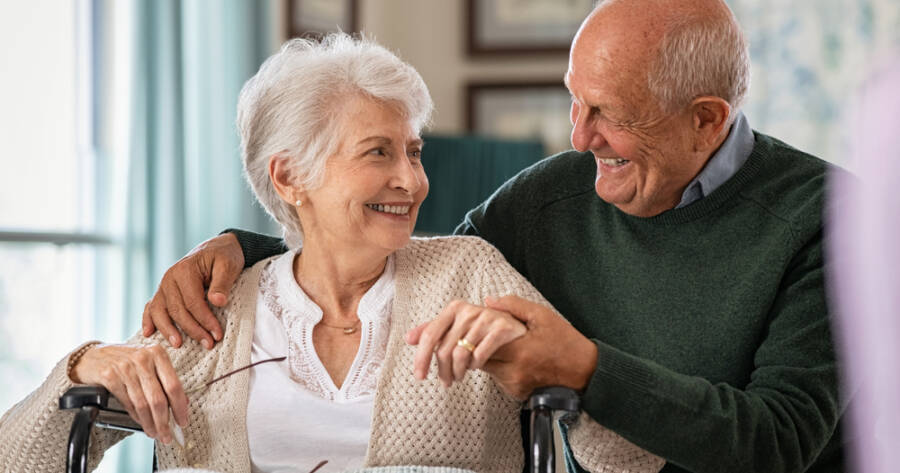Staying in the home you love doesn’t have to mean compromising on safety or independence. With a few smart updates, seniors can create a living space that supports mobility, reduces fall risks, and adds peace of mind. These thoughtful changes don’t just help prevent accidents, they also make daily tasks easier and more enjoyable. Whether you’re updating a longtime residence or helping a loved one plan ahead, the right modifications can make all the difference.
Improving Bathroom Safety
The bathroom is one of the most hazardous areas in the home for older adults. Slippery floors, low toilets, and high tub edges can all pose serious risks. Installing grab bars near the toilet and in the shower offers added stability, while replacing a traditional tub with a walk-in shower reduces the need for stepping over a high ledge. Anti-slip mats or textured tiles can also help reduce the chance of slipping.
For extra convenience, consider a raised toilet seat or a comfort-height toilet that makes sitting and standing easier. Handheld showerheads and fold-down shower seats add accessibility while still feeling like luxury features. These simple upgrades can turn a once-risky bathroom into a safer, more relaxing space.
Lighting the Way with Better Visibility
Good lighting is essential for reducing falls and boosting confidence when moving around the home. As we age, our eyes need more light to see clearly, so upgrading to brighter, energy-efficient bulbs throughout the house is a smart place to start. Focus on hallways, staircases, and entryways, especially those used at night.
Motion-activated lights or smart lighting systems add an extra layer of safety. These lights automatically turn on when someone enters a room or hallway, removing the need to fumble for a switch in the dark. Under-cabinet lighting in the kitchen and nightlights in the bedroom can also help prevent late-night accidents.
Removing Tripping Hazards and Improving Flooring
Falls are the leading cause of injury among seniors, and many of them are due to loose rugs or uneven flooring. Removing throw rugs or securing them with non-slip backing is a simple yet crucial safety measure. It’s also worth considering low-pile carpeting or slip-resistant flooring options like vinyl or rubber for smoother mobility with walkers or canes.
Threshold ramps between rooms help eliminate small height differences that can catch toes or wheels. For stairs, add contrasting edge strips or stair runners to improve traction and visibility. Even small adjustments like these can create a significantly safer environment without compromising on comfort or design.
Upgrading the Kitchen for Ease and Safety
The kitchen is another high-traffic area that benefits from senior-friendly upgrades. Pull-out shelves, lazy Susans, and drawer organizers make it easier to access items without reaching or bending excessively. Moving frequently used items to lower, more accessible shelves helps prevent falls and strains.
Lever-style handles on faucets and cabinets are easier to use than traditional knobs, especially for those with arthritis. Consider installing a stovetop with safety features like automatic shutoff or induction burners that don’t stay hot after use. These changes allow seniors to maintain their independence in the kitchen while minimizing risks.
Making Entryways and Hallways More Accessible
The transition between the outside and inside of a home should be as smooth as possible. Entry ramps (either permanent or portable) can replace front steps, making it easier for individuals using wheelchairs, walkers, or canes to get in and out. Installing sturdy handrails on both sides ofthe stairs also adds essential support.
Widening doorways to accommodate mobility devices may require more investment but can be life-changing for seniors with limited mobility. Inside the home, clear hallways and wide walkways allow for safer navigation, especially with assistive devices. Keeping these paths free of clutter is just as important as the upgrades themselves.
Adding Smart Home Features for Peace of Mind
Smart technology offers powerful tools to support aging in place. Voice-activated assistants can control lights, locks, thermostats, and even call for help in emergencies. Smart doorbells and security cameras give seniors better awareness of their surroundings and a sense of control over their environment.
Medication reminders, automated pill dispensers, and fall detection systems further increase safety and peace of mind. These tech tools don’t replace human care, but they can help seniors feel more independent and connected, whether they live alone or with family.
Creating a Safer Home, One Upgrade at a Time
Aging in place doesn’t require a full home remodel–just thoughtful changes that support comfort, mobility, and daily living. From better lighting to safer bathrooms and tech that empowers independence, each upgrade adds a layer of safety without sacrificing style.
Whether you’re planning for the future or making changes today, small improvements can have a lasting impact. A safer home is a more confident home, and that’s something everyone deserves.

